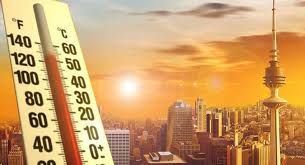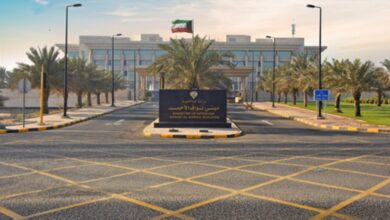Experts say Kuwait’s scorching heat expected to continue …
... but forecasting record temperatures remains uncertain

As global temperatures continue to rise, attention has turned to Kuwait’s summer weather outlook. However, meteorologists and climate experts caution that accurately predicting long-term temperature trends remains scientifically unreliable.
While specific temperature forecasts are uncertain, experts highlight Kuwait’s extreme heat record—54°C (129.2°F) registered in July 2016 in the Mataraba area—as a historic milestone. It remains the second-highest recorded temperature globally, just behind Death Valley, California, which reached 56.7°C (134°F) in 1913.
Meteorologist Fahad Al-Otaibi told Al-Rai that forecasting climate patterns for the summer months—June, July, and August—requires the use of specialized weather maps. He clarified that “temperature readings taken inside cars are only indicative and not scientifically accurate,” emphasizing that proper measurement involves standardized procedures.
“Hot summers are nothing new,” Al-Otaibi noted. “But if Kuwait were to surpass its 2016 temperature record, that would be a new development. A variety of elements, including dust levels and humidity, play a role in determining actual temperatures.”
Adel Al-Saadoun, head of the Kuwait Astronomical Society, said, “In May, temperatures fluctuated between 46°C and 50°C. While Death Valley still holds the record for the highest temperature on Earth, it remains impossible to predict such extremes far in advance.”
Weather researcher Adel Yousef Al-Marzouq echoed the caution, explaining that “forecasting temperatures beyond 20 days becomes highly unreliable, especially in desert regions where fluctuations are harder to predict.” According to weather models, he noted, temperatures in June and July may exceed 51°C, with average highs of 44°C in June and 46°C in July.
Al-Marzouq also pointed to the role of wind in shaping how heat is perceived. “Dry northerly winds intensify the sensation of heat, while northwesterly winds provide some relief.
Dusty winds can even cool the surface slightly by blocking sunlight,” he said. “On the other hand, humid southeasterly ‘Kous’ winds worsen discomfort by increasing humidity and making breathing more difficult.”
Despite growing concerns about global warming, experts agree that predicting future temperature records remains a complex and imprecise science.












